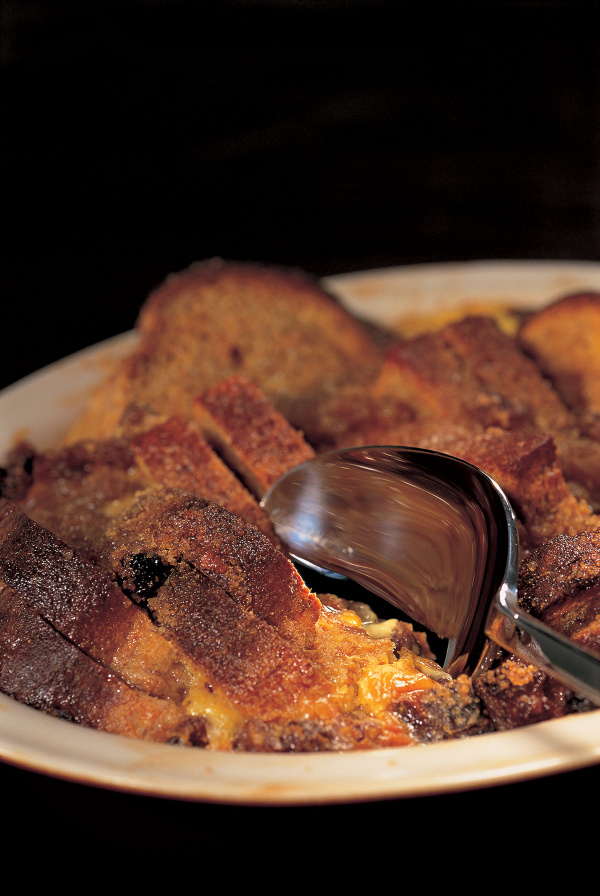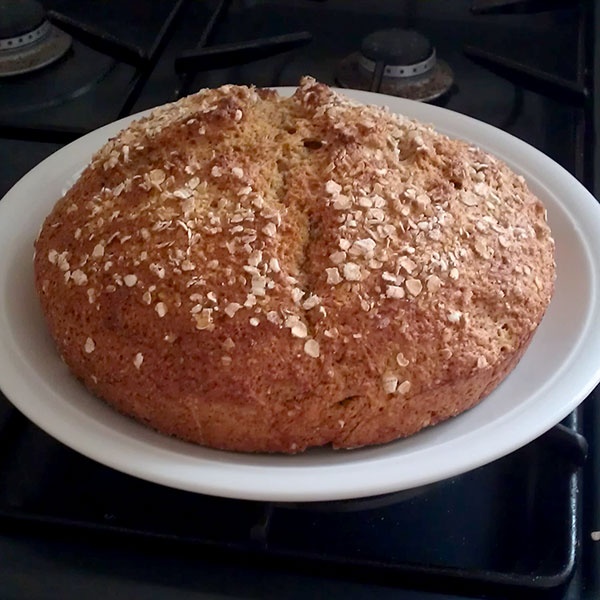 Photo by Nigella
Photo by Nigella
About a month ago, over on Foodim, I saw a post of absolutely beautiful homemade bread by TheGourmetGays. The crust was spectacular, but what was even more impressive was that the bread had been made using Jim Lahey’s no-knead method. Now, I love kneading bread, but what this method creates (helped by the oven-in-an-oven effect, produced by baking the bread inside a viciously hot cast iron casserole or cloche) is the best homemade bread I have ever made, bread that tastes as if it had come from an artisanal baker. The miracle recipe in question comes from Jim Lahey’s first book, My Bread, and it’s life-changing. I cannot stop making it, and in fact, am so happy with the loaves I produce, that the picture accompanying the recipe that I’m sharing with you here, is of my latest one. Just one note on this method/recipe, before I go on to the book as a whole: don’t panic about how wet the dough is; however loose it looks and feels, and however little it seems to rise as it proves during its long ferment, once it’s in its pot in the oven, it will redeem itself. The first time I made this, I almost didn’t bother to bake the bread, I felt so despondent about its behaviour up to that point. But I baked it, and was rewarded by a loaf I could be truly proud of.
I have to say I am a huge admirer of Jim Lahey’s, and of the Sullivan Street Bakery, and although the straightforward loaf is the only recipe I’ve made from this book, I joyfully intend to cook my way through it. Shortly, I plan rye bread, ciabatta, pizza (I’ve also got his second book, My Pizza, though maybe that’s for another day), focaccia, and Italian baguette, all of which are made using this hands-off approach. And there are a good chunk of greed-inducing recipes that give you something to do, too, with the fabulous bread you are now effortlessly making.
Anyway, enough of my enthusiastic wittering: if you want bread with a crackling crust and beautifully open crumb, with real taste and chew about it, then this is the recipe for you. The hardest thing about it is doing the maths to work out when you should mix up the dough. To make it easier, I now just think 24 hours before: 18 hours for the uninterrupted ferment; 3 hours for the second prove and baking; 3 hours wait for it to cool. Though having said that, I nearly always have to tear into it pretty much as soon as it comes out of the oven.
From My Bread: The Revolutionary No-Work, No-Knead Method by Jim Lahey, published by W.W Norton & Company, 2009








